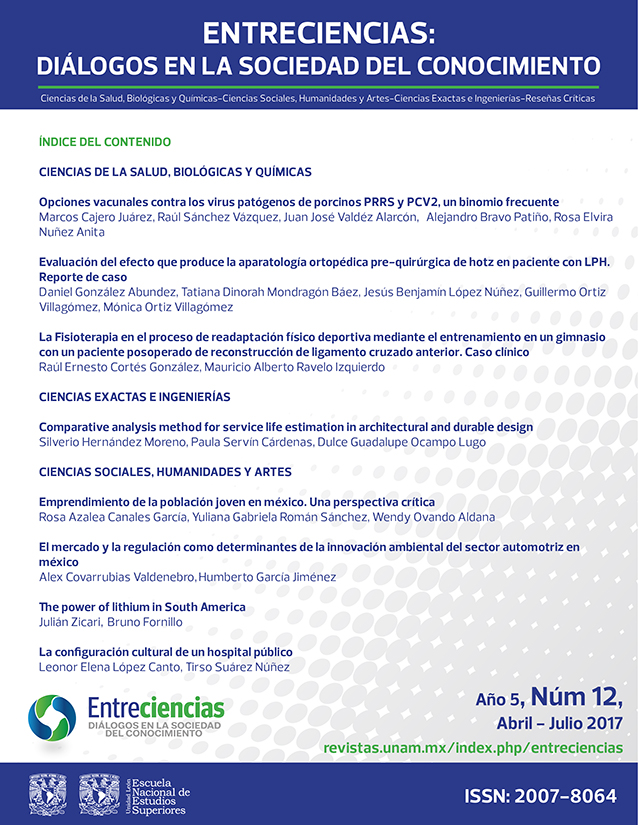The cultural configuration of a public hospital
Main Article Content
Abstract
Hospital organizations can be conceived as stages of political processes where the interestsemerging fromdifferent professionals approaches and cultures are conciliated. This paper aims at answering the following question: what is the cultural configuration of public hospitalsin Mexico and what are the main similarities and differences among them? The goal is to identify the differences in cultural approaches that lead the action of physicians, nurses and other health professionals but also of managers of public hospitals and to infer whether they are able to promote the cooperation between these three groups. The first results, obtained through a qualitative case-study strategy, showa kind of cultural convergence between medical professionalsand the so-called corporate culture, leading to the study of similar cases to validate the results and advance.
Downloads
Article Details
Citas en Dimensions Service

Entreciencias: Diálogos en la Sociedad del Conocimiento recognizes and respects the moral rights of authors as well as ownership rights transferred in non-exclusivity to the journal for its open access dissemination and its preservation. Hence, authors who publish in this journal accept the following conditions:
- Entreciencias: Diálogos en la Sociedad del Conocimiento from Universidad Nacional Autónoma de México is distributed under a Licencia Creative Commons Atribución-NoComercial-SinDerivar 4.0 Internacional, which allows the information and metadata to be used without commercial ends as long as proper citation is utilized.
Authors will have the right to non-exclusively distribute the contribution made to Entreciencias: Diálogos en la Sociedad del Conocimiento. That is, they will be able to include it in an institutional repository or disseminate it in other digital or printed media as long as it is explicitly stated that it was first published in Entreciencias: Diálogos en la Sociedad del Conocimiento. The following information must additionally be included: author, year, volume, page numbers, electronic paging, and DOI.
Authors, whose publications have been accepted, will have to send the Letter of Copyright Transfer in the corresponding format, filled out and signed by the author or authors.
